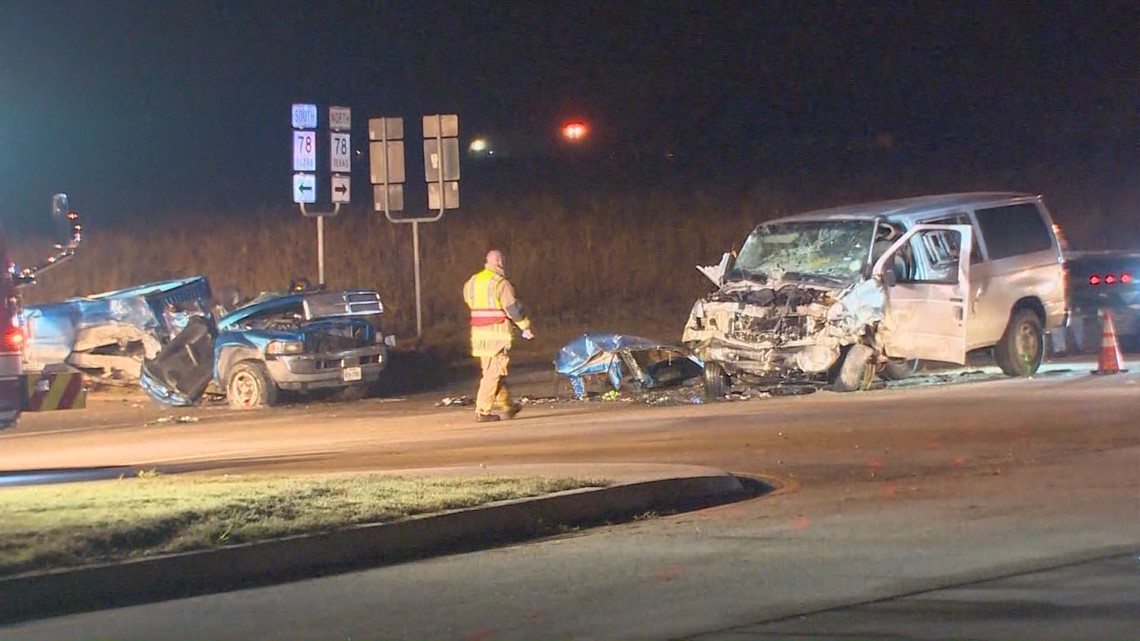Four students from Community High School were killed in a car crash on Tuesday, Nov. 5 after hydroplaning and losing control of the vehicle. The students were on their way to a volleyball game and all had intentions of coming home that night. As a teen, driving can be fun and exciting but the deadly outcomes from simple mistakes or other things such as the weather can cause horrible accidents.
Community High School is located about a mile north of Nevada, Texas, and is a little under an hour and a half away from Timber Creek. The four students that were killed in the car accident were Andrew Miller, age 17, Jordan Kidd, age 17, Marilynn Dominguez, age 16, and Secily Lackey, age 16. While on their way to the volleyball game, officials say the pickup they were traveling in hydroplaned, crossed the median and slammed into a passenger van. Although the teens in the truck did not survive, the passengers in the van were taken to the hospital with non-life threatening injuries.
As a new driver, things such as hydroplaning or distracted driving may not seem so scary, but when that car loses control and crashes, the reality of it all becomes extremely real. As a teen or new driver especially, when driving either by oneself or with family, friends and even pets, paying attention and knowing what to do in dangerous situations involving driving is a matter of life and death.
The term hydroplaning refers to the skidding or sliding of a car’s tires across a wet surface. Hydroplaning occurs when a tire encounters more water than it can scatter, and can occur on any wet roads.
Additionally, the first 10 minutes of light rain can be especially dangerous. When rain mixes with oily residues on the a road’s surface, it can cause vehicles to slide, especially those traveling speeds of 35 mph or over. This can be a deadly combination for a driver and surrounding motorists. The chance of being involved in a car accident increases during dangerous weather conditions such as rain, snow, ice and fog. However, it isn’t necessarily rain and snow that are most dangerous; it’s the slick conditions that drivers are not prepared for.
To avoid hydroplaning, it is important to keep the vehicles’s tires properly inflated and to rotate and replace tires when necessary. When driving on a slick road, it is important to slow the vehicle down to keep the tires from losing control. It is harder for tires to scatter water when the vehicle is moving at a fast pace. To reduce risk, stir away from any small bodies of water such as puddles. Additionally, when driving make an effort to drive in the tracks behind the vehicle in front, the road under these tracks is less slick. When braking, don’t brake too hard, as it can cause the car to lose control when on slippery surfaces. Overall, do not make sharp or fast turns as it can also cause an accident due to the vehicle losing control.
When driving, pay attention to the road in front and the surroundings of the vehicle. With others in the car, especially other teens, pay close attention and keep control of the vehicle. Do not take your eyes off the road and try to stay focused on strictly driving.
Driving can be dangerous as a teen or new driver and it is important to take the right measures to insure that you and the passengers in the vehicle are safe at all times. Whether with your friends on your way to an event or just by yourself, always know what do when the car starts to lose control and how to prevent an accident in poor wether conditions and overall.
